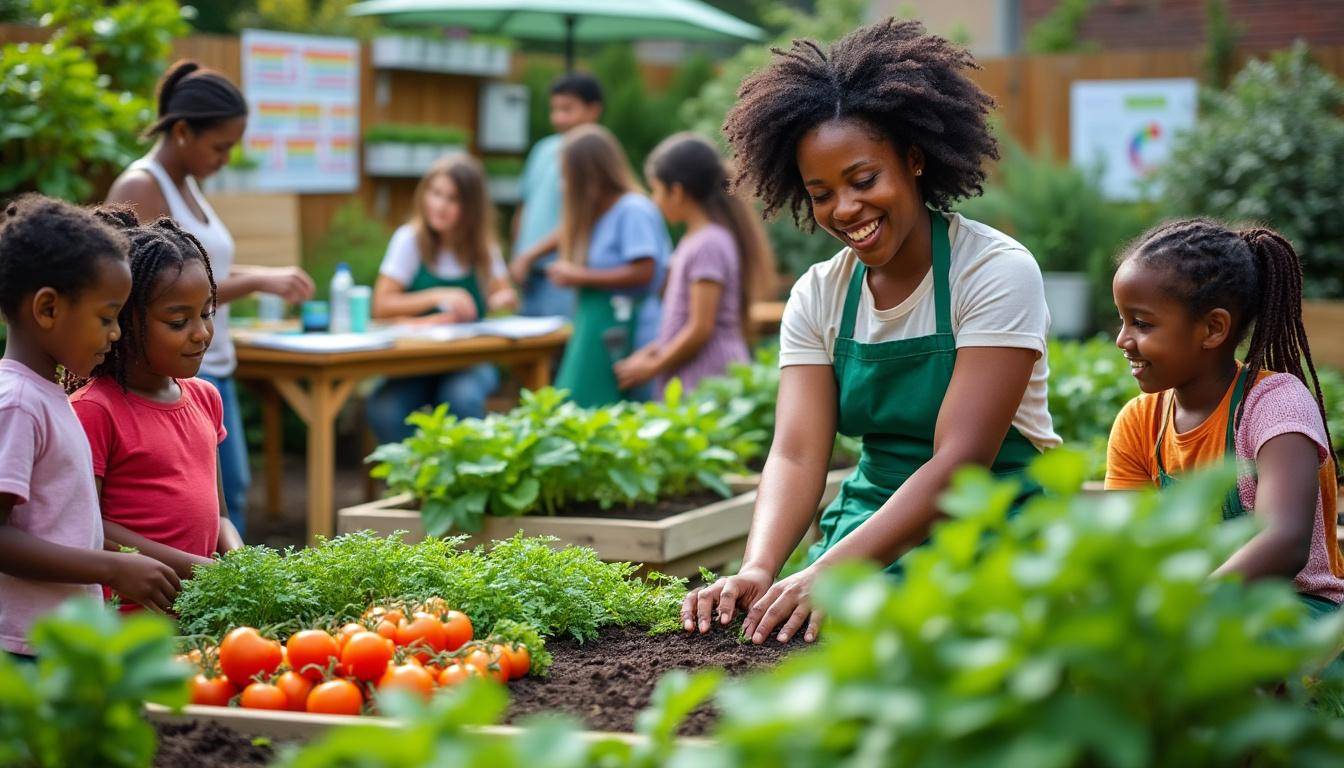Food insecurity remains a critical challenge in many communities, with access to fresh, nutritious food often limited by economic and environmental barriers. In 2025, innovative programs combining fresh produce availability with targeted educational initiatives offer promising paths to mitigate hunger and promote healthier lifestyles. These strategies emphasize not only distribution but empowerment, enabling families and individuals to make informed food choices bolstered by community engagement and sustainable agriculture.
Empowering Communities with Fresh Produce and Educational Programs
Fresh produce accessibility is a cornerstone in the fight against food insecurity. Initiatives like Community Supported Agriculture and Farm to School programs bridge the gap between local farmers and consumers, particularly children, ensuring the availability of nutritious fruits and vegetables in underserved areas. These programs are often coupled with educational components that cultivate knowledge about nutrition and sustainable food practices, fostering lifelong healthy habits.
- Farm to School programs introducing fresh produce into school cafeterias along with nutrition education.
- Community Supported Agriculture memberships providing families with regular boxes of seasonal, locally grown food.
- Workshops teaching urban gardening to empower families to grow their own food in limited spaces.
- Collaborations with organizations like GrowNYC to facilitate community gardens and public awareness campaigns.
These combined efforts increase direct access to wholesome foods and equip individuals with the skills and understanding necessary to sustain food security at the household level.
Role of Nutrition Education in Food Insecurity Solutions
Education enhances the impact of food access programs by teaching critical life skills such as meal planning, nutritious cooking, and budget management. Groups like FoodCorps and No Kid Hungry focus heavily on educational outreach to children and families, aligning with broader initiatives to create an informed population capable of making healthy food decisions.
- Hands-on nutrition classes in schools and community centers.
- Programs emphasizing the importance of fresh produce in preventing diet-related diseases.
- Support for families to shop smart and prepare balanced meals within budget constraints.
- Integration of food education into school curriculums to encourage early adoption of healthy eating habits.
By pairing access with education, these programs address immediate hunger and cultivate resilience against future food insecurity.
Strategic Partnerships Advancing Fresh Food Availability
Combating food insecurity benefits greatly from strategic cooperation between nonprofit organizations, local governments, and community groups. Networks such as Feeding America and The Fresh Market incorporate food distribution with educational initiatives that enhance the nutritional quality of the food provided.
- Food banks distributing fresh produce alongside educational materials.
- Collaborations with the Food is Medicine Coalition promoting the therapeutic value of nutritious diets.
- Support for urban farms that serve as educational hubs and fresh food sources.
- Implementation of mobile markets expanding access in food deserts.
Such collaborations bolster community efforts and maximize resource reach, fostering a holistic approach to food security.
Innovative Educational Initiatives Linked to Food Security
The blending of practical agriculture with nutrition education has led to innovative programs aimed at youth engagement and family support. For instance, the upcoming Urban Homestead Education Program exemplifies how teaching urban gardening skills can complement efforts to improve child well-being and community health outcomes.
- Programs teaching urban agriculture techniques to students and parents.
- Incorporation of food security topics into broader educational campaigns addressing child poverty, supported by legislation such as the Student Safety Net Act.
- Promotion of nutritional literacy alongside free school meal initiatives, as discussed in recent policy analyses.
- Hands-on programs boosting awareness of food justice and environmental sustainability.


